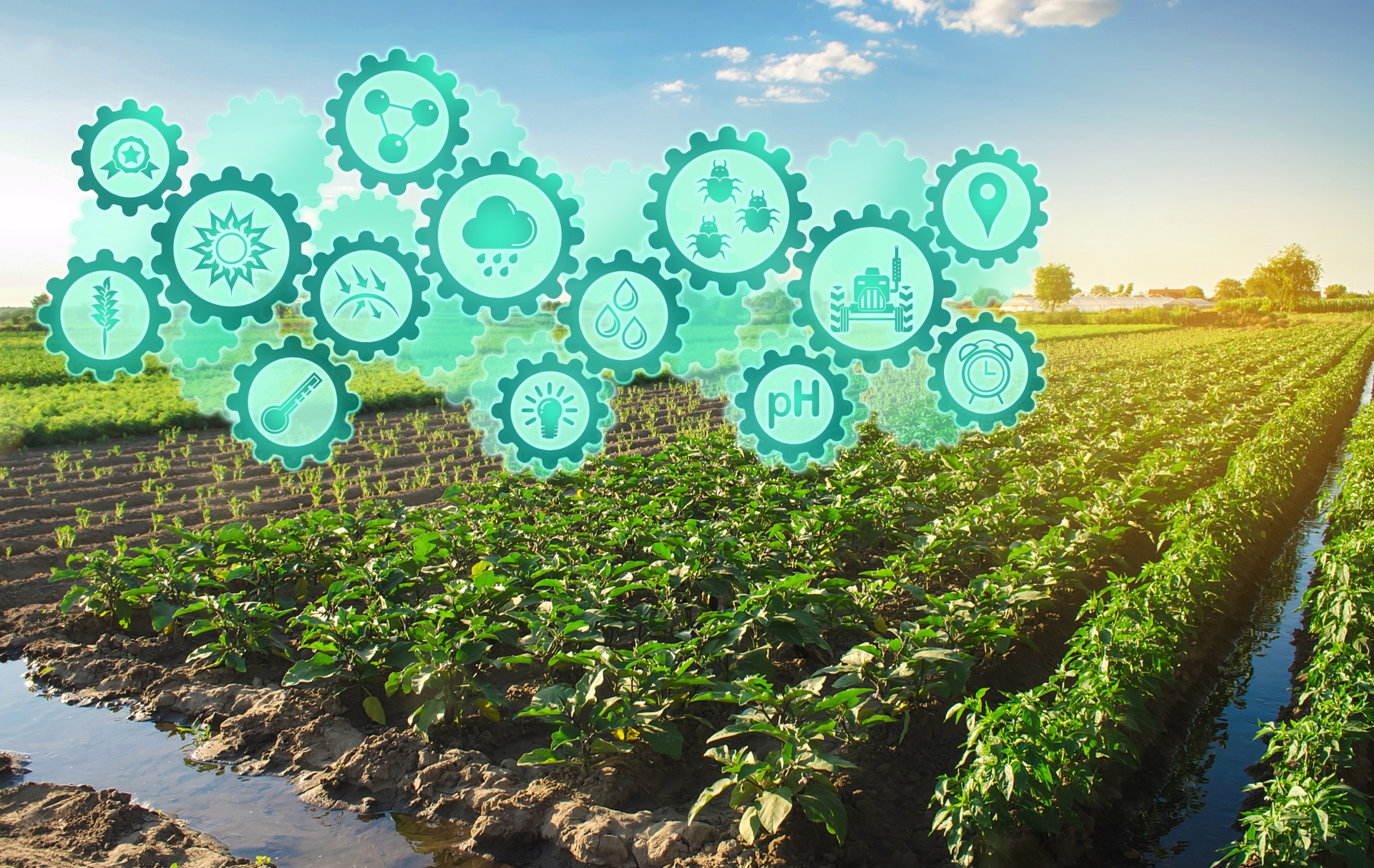Promoted by EOS Data
The growing demand for agricultural products threatens the planet’s biodiversity and is also driving climate change. A few reasons include deforestation for agricultural land and industrial farming practices. Farming accounts for 24% of greenhouse gas emissions from human activities.
However, it is the farm sector that suffers the most from climate change. Because of this fact, farming must transform to reduce its impact on the environment and find new practices to help cope with the growing demand. Of course, in the 21st century, these transformations will undoubtedly take place thanks to the introduction of innovations, including ag software. In this piece, you’ll learn about the technologies and practices that help farmers become more sustainable and reduce their role in increasing temperatures on our planet.
Precision farming
Smart farming can solve many of the problems of agriculture and significantly reduce its impact on the environment. Achieving these goals becomes possible because this practice is the management of agricultural land in specific areas. With advanced technology, including satellite imagery, drones, and software, farmers can identify critical areas that need attention. Rather than cultivating the entire field but instead focusing on problem areas, resources can be saved and the use of harmful substances, for example, nitrogen fertilizers, can be reduced.
Excessive or improper use of fertilizers leads to soil degradation, and water and habitat pollution. It is not yet possible to completely abandon fertilizers, but precision farming technologies will help to reduce their use significantly.
Crop protection
Climate change leads to various diseases and pests appearing in new geographical areas where they have not previously attacked crops, and global food supplies could be threatened. Due to diseases and harmful insects, up to 40% of the crop could perish, but these losses will grow if measures to protect crops are not taken.
In addition to the plants themselves, it is also essential to take care of the soil and water. Planting cover crops is a reliable way to prevent erosion and the pollution of groundwater and water bodies. In addition, cover crops promote nitrogen retention in the soil. It is facilitated by legumes, which convert nitrogen into a state suitable for feeding other crops. Cover plants can also provide food for livestock or become organic manure.
No-tillage or minimum tillage
Tillage can negatively affect organic matter and nutrients in the soil. By practicing no-tillage or minimum tillage, you can reduce erosion and slow down moisture evaporation. In addition, you will reduce the amount of fuel consumed by agricultural machinery.
UN experts estimate that 241 million metric tons of carbon dioxide emissions have been averted by no-tillage farming since the 1970s. No-till, where soil management is practiced without interfering with the cover, helps reduce the impact on climate change and conserve resources.
Urban rooftop agriculture
Rooftop farming is a relatively new sustainable practice of growing food for local consumption. This method is excellent for growing fruits, flowers, fresh vegetables, herbs, and other tasty and healthy products while reducing urban agriculture’s carbon footprint. Rooftop farming is a great way to use rainwater and prevent its runoff. This practice can also improve urban air quality and enhance the financial and aesthetic value of the property, among numerous benefits.
Agroforestry practices
Agroforestry is helping to solve many of the problems facing our planet today. Forests and urban trees store carbon dioxide and store it securely. The essence of agroforestry is to integrate the cultivation of trees and shrubs with agriculture and animal husbandry.
This practice has many benefits. The list includes increased agricultural productivity, decreased food shortages, biodiversity support, climate change mitigation, and improved farm resilience. Trees and shrubs on farms also help prevent soil erosion through their root systems, as well as stormwater runoff and groundwater pollution.
Final thoughts
Farmers can use a variety of tools to improve the sustainability of their farms. These can be both the latest technological solutions, and various low tech practices such as the cultivation of cover plants, proven for centuries. Future generations can meet their agricultural needs by taking measures to protect crops and caring for the soil. In terms of climate change, precision farming is helping to reduce the use of chemicals and reduce carbon dioxide emissions. In addition, this is an excellent opportunity for farmers to save resources, which is also beneficial.
 Greenroofs.comConnecting the Planet + Living Architecture
Greenroofs.comConnecting the Planet + Living Architecture





